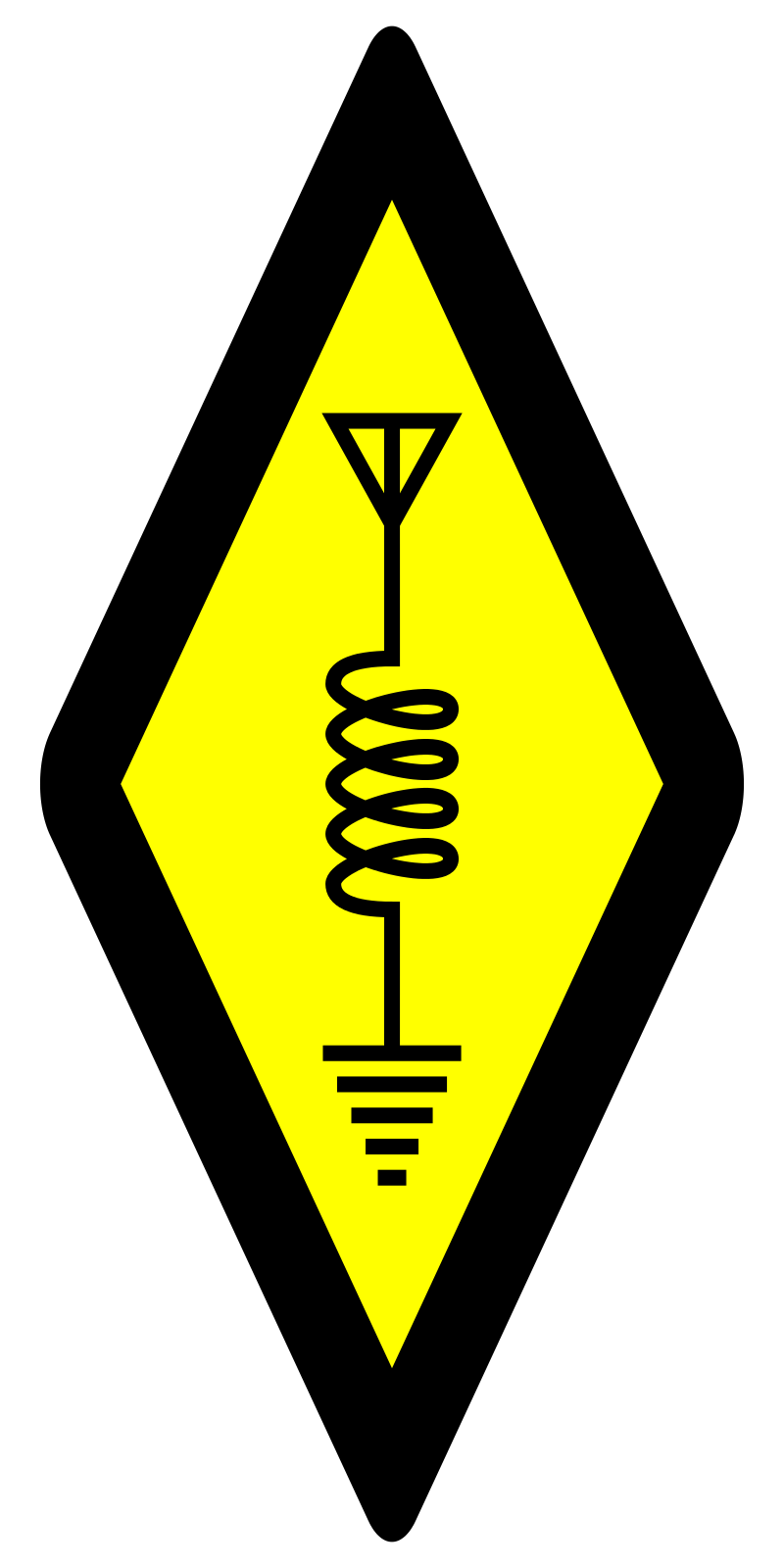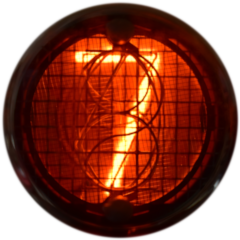I’m still pretty new to radio stuff and still learning. I have my technician license and have made a handful of contacts. For Christmas I got the RTL-SDR. It has a warning saying “DO NOT use near strong transmitters. Max input: +10 dBm.” I am having difficulty understanding exactly what that means and whether I can use my handheld radios near it. These are cheap ~5W radios.
I’m curious about the practical and theoretical both, here. So a simple yes-or-no would be helpful, but I’d also like to know the math.
- Right now, I have a vertical half wave dipole (each leg is 48.8 cm, which I believe makes this a half wave dipole antenna for 146 MHz?) attached to my RTL-SDR. I’ve been trying to understand gain, but it seems tricky to find and understand the charts. This antenna came with the RTL-SDR, but it’s telescoping and that’s the length I have it at.
- My radio is 5W and uses a knockoff NA-771 type antenna.
I don’t have any other sort of tool to measure the output of my handheld radio. I am curious how close I can be to the RTL-SDR antenna when transmitting. I am also curious if I can transmit near the RTL-SDR when there is no antenna attached (I assume I can be a lot closer, but I still don’t know how close).
Mostly, I don’t want to break a new toy lol.
Keep the transmitting and receiving antennas a few wavelengths apart to prevent damage, farther if you’re using an amplifier. You can transmit right next to the RTL-SDR with an HT if you disconnect the antenna from the SDR. It will still receive the signal from across the room.
Can you define few? Because with 2m wavelength it can make a big difference lol. Like 3 wavelengths?
I wouldn’t go any closer than 2 wavelengths. 3 or more would be preferable.
10 dBm is 0.01 Watts or 10 mW, so you’re right about being cautious. That said, short of physically connecting your handheld to the RTL-SDR, for short transmissions you’re unlikely to break anything. A much easier thing to break is inadvertently turning on Bias-T and doing damage.
That’s not to say that your handheld won’t overload the dongle, it likely will, but that’s also true for the AM and FM transmitters nearby. To do any amateur work with the dongle, look into broadcast filters.
Look at rtl_power as a way to discover strong signals across the bands. Your dongle as-is will give you years of fun and exploration.
If you want to check out the emissions from your handheld, look into getting some attenuators.
As a point of reference, I’m using a 10 dBm beacon that has been heard on the other side of the planet.
Source: Welcome to the hobby, 73 de Onno VK6FLAB



